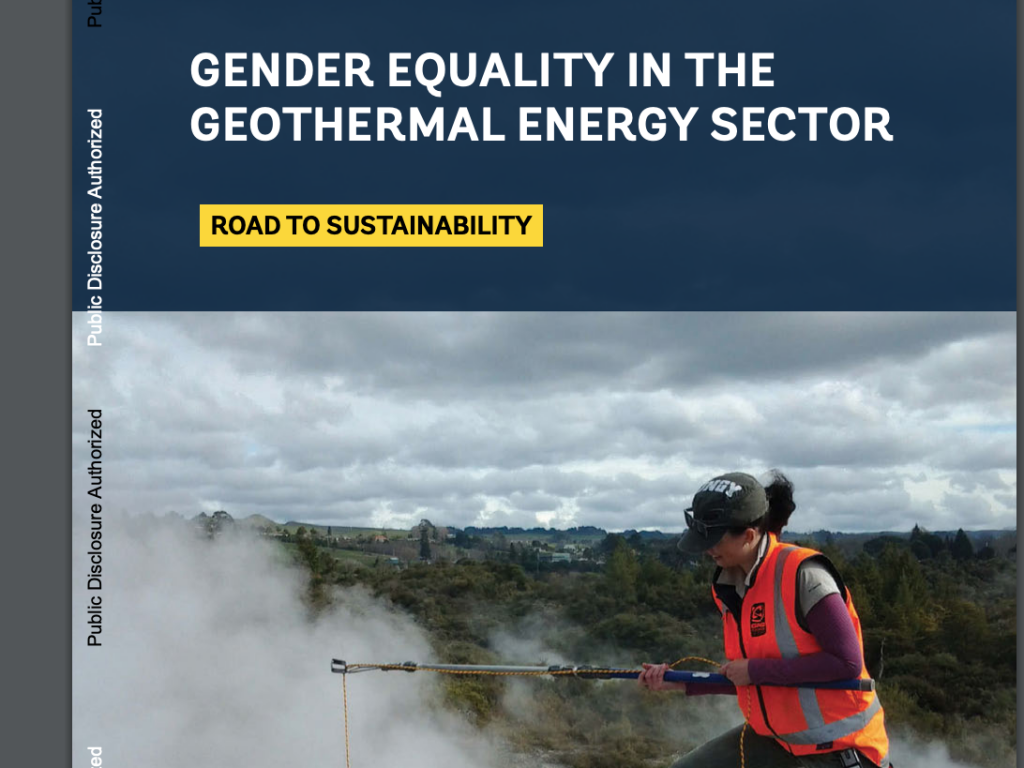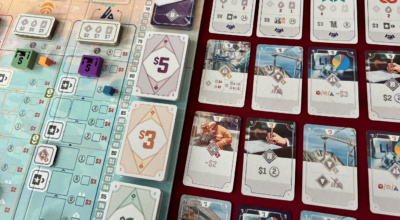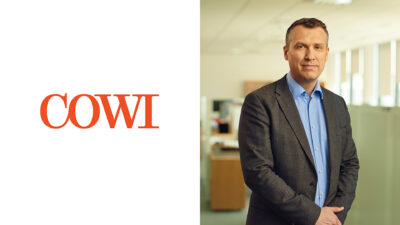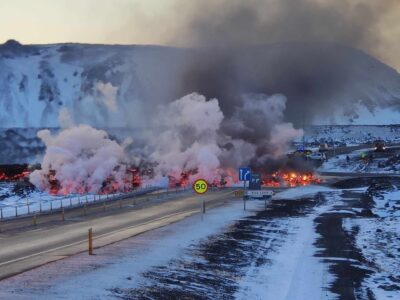World Bank releases report on Gender Equality in the Geothermal Sector
A new report by the World Bank/ ESMAP looks into the issue of gender equality in the geothermal energy sector, highlighting the lack of data collection and analysis in the context of gender equality that could prevent projects from achieving their development objective.
The World Bank’s Energy Sector Management Assistance Program (ESMAP) has released a report on “Gender Equality in the Geothermal Energy Sector”.
Geothermal energy is globally recognized as a clean and reliable source of heat and electric power supply. The environmental and social risks posed by geothermal energy projects share common features with those of mining and extractive projects, as well as other large-scale energy infrastructure projects. Because men and women can be affected differently by such risks, geothermal projects may inadvertently lead to adverse outcomes that disproportionately disadvantage women. However, analysis of such discrepancies is often hindered by the lack of sex-disaggregated data collection and analysis of the socioeconomic, environmental, and health risks of projects and access to benefits. The World Bank recognizes the risk that ignoring gender gaps poses to geothermal projects’ effectiveness, efficiency, and sustainability.
This report is a primer on advancing gender equality in the geothermal energy sector. Based on good practices and lessons learned, it introduces ways that geothermal projects can mitigate risks and pursue opportunities to address gender gaps within the project cycle. The report primarily targets World Bank project teams, project managers, social safeguards specialists, and gender specialists. The report may also be of interest to other development partner organizations, project developers, investors, governments, nongovernmental organizations, and others seeking practical approaches to reducing the gaps between men and women in geothermal projects to ensure their success and improve development outcomes.
The report outlines the risks and opportunities associated with (i) changes in land and natural resource use, (ii) changes to employment and economic patterns, and (iii) changes to environment and health. For each of these identified pathways, the report presents key issues related to project risks and opportunities, such as unequal compensation for land use and women’s empowerment through livelihoods benefits, among others. Lessons from recent project experience indicate that developers who approach the affected communities as partners rather than adversaries and are willing to adjust siting decisions based on the community’s cultural relationship with the land and its uses— including women’s experienced impact and grievances—are more likely to build trust, minimize social risks, and ensure successful project outcomes.
Beyond mapping risks and opportunities, the report makes the case for focusing on the gaps between men and women from the project outset. Geothermal projects require strategies that are responsive to social concerns, including disparities between men and women. To get started in assessing projects’ differentiated impacts and opportunities, geothermal teams and practitioners may wish to consider interventions in terms of three aspects: (i) analysis, (ii) actions, and (iii) monitoring and evaluation. For each of these aspects, potential entry points for closing gaps between men and women are identified throughout the report. For example, during project design, sex-disaggregated data could be collected on prevailing local gender norms for families, household activities, and wage work to inform possible options for informal employment or direct-use opportunities for men and women associated with the geothermal project.
Once gaps, key stakeholder risks, and additional development opportunities have been identified, project teams have an opportunity to address them through actions. The earlier in the project cycle that these actions are discussed, planned, and budgeted for, the greater their chances of being implemented and monitored. For example, project developers could signal intolerance for harassment and gender-based violence through amending existing human resource policies to include codes of conduct and a Grievance Redress Mechanism with safe and ethical reporting. Other actions may include promoting inclusive procurement practices by tracking how many bidders and awardees are women-headed firms and setting up a mechanism to provide bid-readiness support for women majority–owned firms and small businesses. It is recommended that projects include specific monitoring and evaluation indicators in the results framework that measure progress toward closing gaps between men and women. The results framework can include quantitative indicators based on sex-disaggregated statistical data from surveys or human resource records, such as educational attainment or percent of women employed. It may also include qualitative indicators that capture people’s experiences, perceptions, attitudes, or feelings, such as assessment of feedback on the community-level impact of construction or the community’s perception of the ancillary infrastructure benefit.
In addition, the report contains an overview of guidance and toolkits developed, selected global case studies, and other resources so that project teams, governments, and geothermal developers have additional guidance on hand to prepare more equitable projects. Addressing these moral imperatives puts projects on a more sustainable path. By adopting the integration of approaches that focus on closing gaps between men and women from the outset, geothermal projects can improve risk management and performance, increase community buy-in and thus reduce the likelihood of social discord, and achieve a more balanced allocation of employment opportunities, contributing to an expanded talent pool and more successful, equitable project outcomes.
With the lack of sex-disaggregated data collection and analysis on the socioeconomic, environmental, and health risks of projects and access to benefits, the report describes that geothermal projects may overlook the need for specific interventions tailored to the needs of men and women, which, in turn, could prevent the project from achieving its development objective.
A great and valuable report.
Source: World Bank/ ESMAP


















